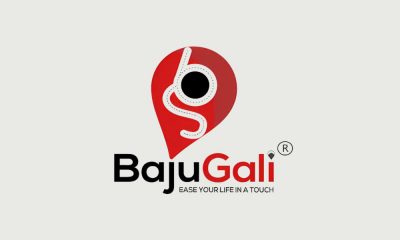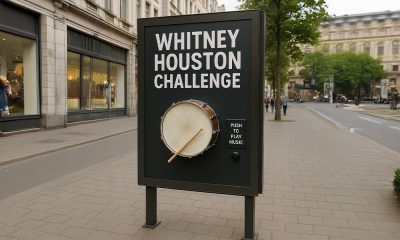Campaigns
The next station is Growth
As metro ridership grows in India, so do the advertising opportunities. Media4Growth takes a deep dive into the windows of opportunities for businesses as we speak to various media owners across the country
With more over 2.5 billion passengers travelling every year by different Metro networks, brand advertisers from various categories are looking at the Metro media with greater intent. In the normal run, the Metro media is used by advertisers in the media & entertainment, real estate, BFSI, consumer goods, FMCG, and sports but are instances of even startup businesses marking their presence at the stations to target the young working professionals.

The advantage with Metro rail advertising is that nearly every segment of the Metro network commands large audiences, and has an advertising-friendly environment. Besides, the conventional advertising fuses with digital media, and even audio media seamlessly, giving brands the opportunity to plan larger campaigns. The Metro rake wraps are another highly attractive proposition, with some of the branding initiatives like the ‘Kurkure Express’ making the headlines.
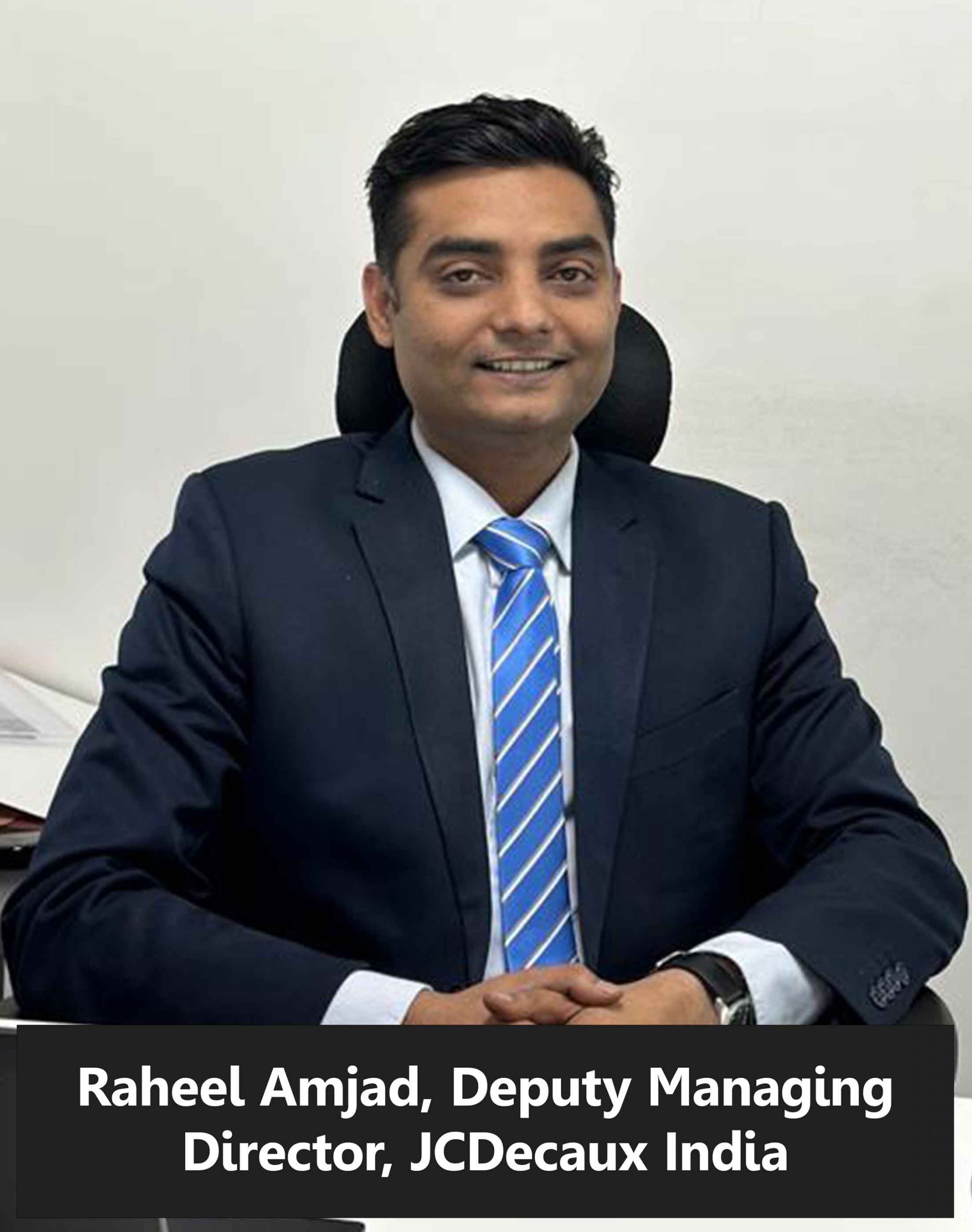
 Speaking about the distinct advantage of advertising on the Metro media assets, Raheel Amjad, Deputy Managing Director, JCDecaux India points out that “Metro media gives direct visibility to the commuters for a longer duration as the dwell time is high. Additionally, the exterior branding leaves a larger impact on the audience as it can be seen from afar. Semi naming of station is an important branding component of a metro portfolio which continues to remain quite unique when compared to other transit media”.
Speaking about the distinct advantage of advertising on the Metro media assets, Raheel Amjad, Deputy Managing Director, JCDecaux India points out that “Metro media gives direct visibility to the commuters for a longer duration as the dwell time is high. Additionally, the exterior branding leaves a larger impact on the audience as it can be seen from afar. Semi naming of station is an important branding component of a metro portfolio which continues to remain quite unique when compared to other transit media”.
Sharing the sentiment, Praveen Gupta, Director, eg. communications, says, “Metro stations offer captive audiences for a longer duration and they (consumers) have enough time to observe the messages displayed on the ads. Moreover, the Metro media environment is not cluttered like some other media environments”.
It’s business as usual now
No matter the product or service, advertising comes to a halt if there are no audiences. During the Covid years, the wheels virtually came off Metro advertising, but now the audiences are all back. Most Metro rail media owners state that while business was in a rough place for a couple of years, the post-pandemic revival has been extraordinary. “There’s no hesitation from advertisers anymore”, says Anil Reddy, Chief Operating Officer, Leadspace that has select advertising rights on the Hyderabad Metro network. “Business has been good in Hyderabad and across the country, and last financial year was especially good. Usually, our annual growth is about 30-35%. Our growth has been rapid over the last year or so. Before the pandemic, we had ad rights for only station, but now we have three. I believe when the media grows, so would the business”.
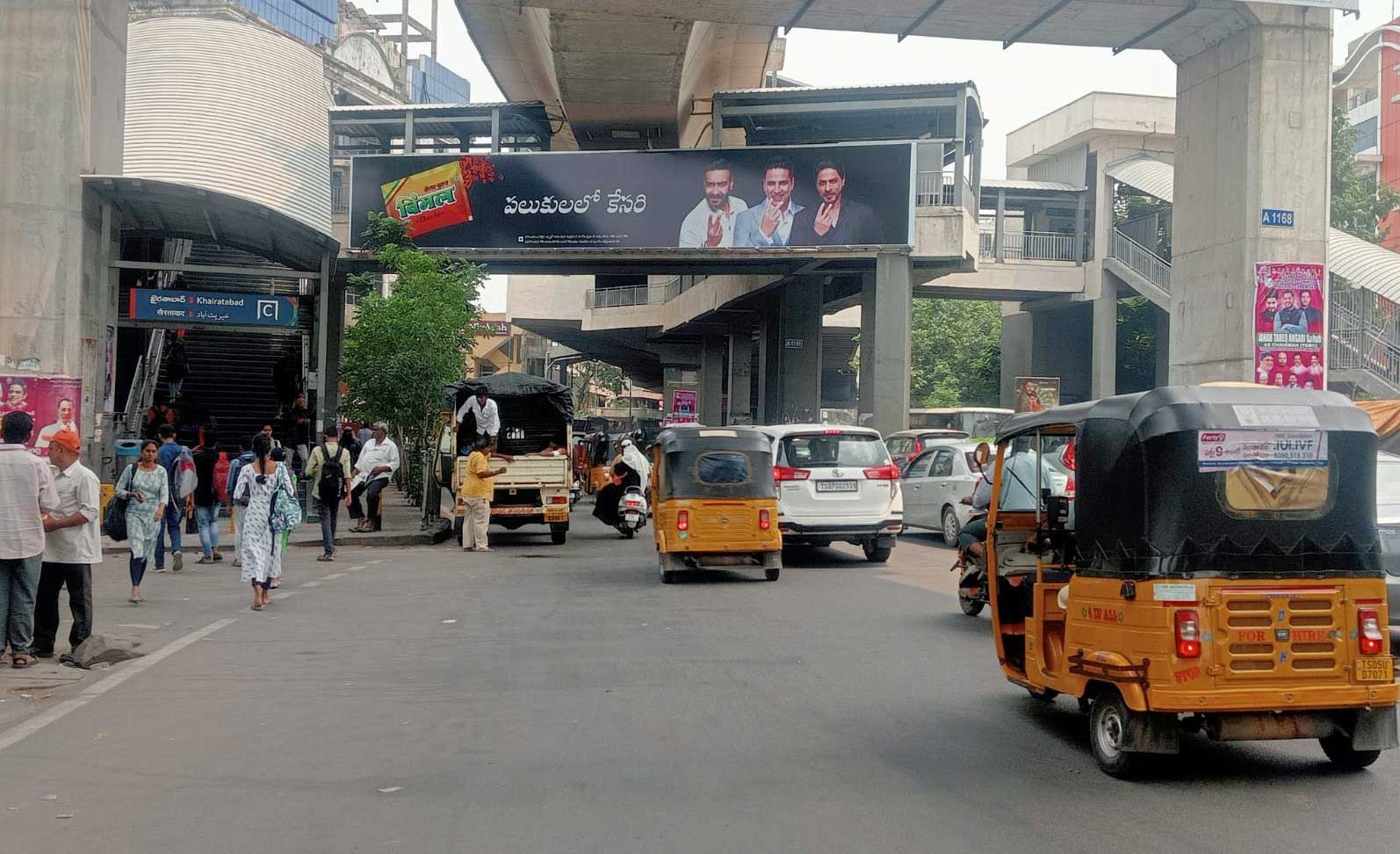
In a similar fashion, Raheel explains that JCDecaux’s business has also experienced a quick recovery. “The economic impact of the pandemic was unprecedented – we faced various restrictions and a decline in ridership. However, we saw a quick recovery once the people movement restrictions were lifted and ridership began to return to pre-pandemic levels. In fact, our concession for the Chennai Metro not only reached 2019 levels of ridership in 2022, but it has doubled, supporting our business’s fast recovery. Our latest concession, Mumbai Metro One, which provides exclusive rights for train wraps, has also started to see significant improvement in revenue over the past few months, thanks to the consistent increase in ridership”.
Longer term contracts
While most owners feel there are no glaring issues with the system of award of contracts, Raheel feels that Metro media contracts need to be long term. That would allow the media owners to plan and execute a sales and marketing strategy for the entire Metro while focusing on enhancing the consumer experience at the Metro station. He says, “The main areas for improvement in contracts to make projects sustainable are long term contracts which provide exclusive scope and selection of partner, just not only based on the highest financial offer. Long term contracts enable initial investment (manufacturing and installation of the advertising structures) while at the same time allowing for planned upgradation of assets in the years to follow. Exclusivity allows the concessionaire to implement a unique and coordinated Master plan to maximise the Metro’s revenue through a strong and ambitious sales and marketing policy while contributing to enhance Metro’s environment and image”.
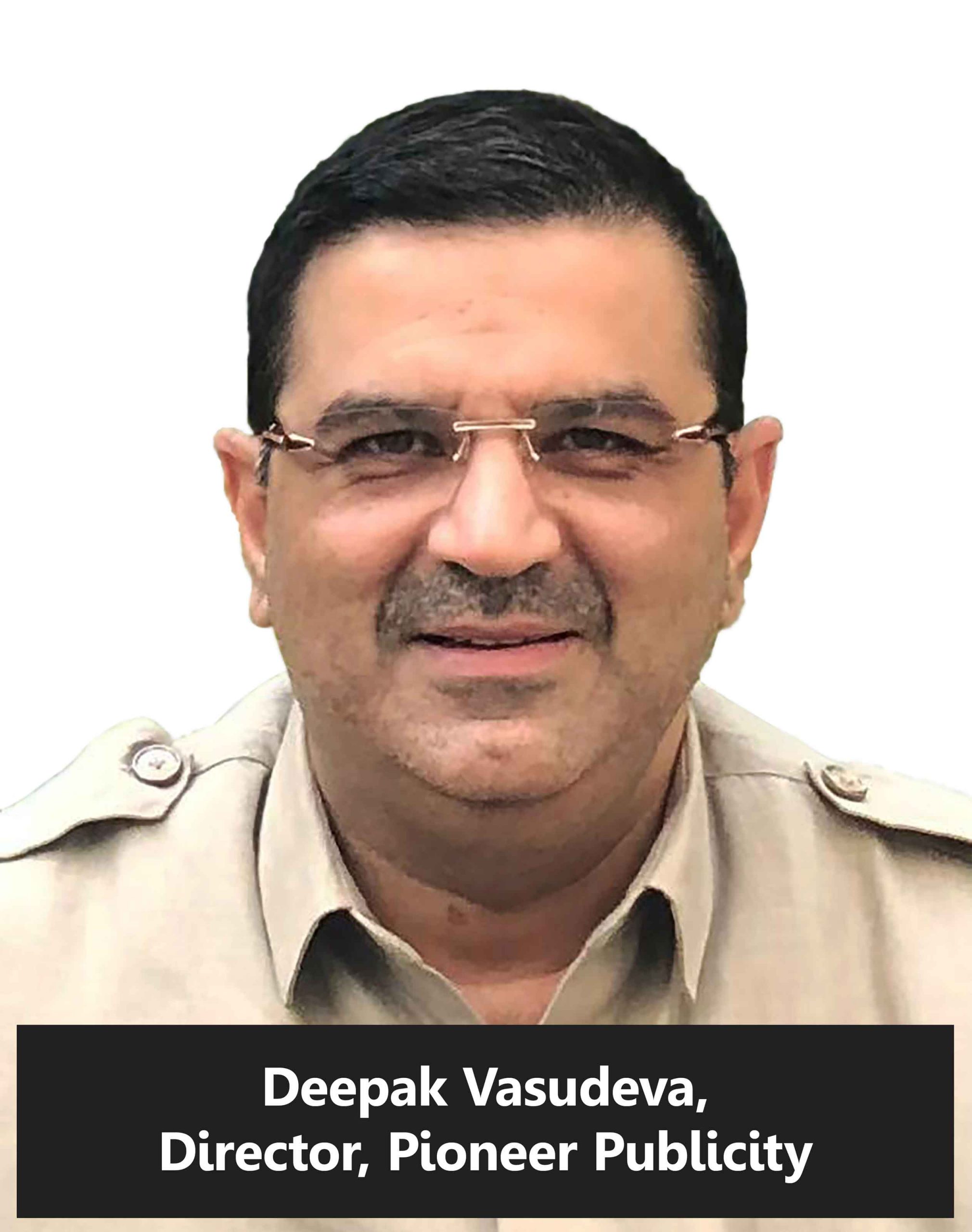
 Deepak Vasudeva, Director, Pioneer Publicity, says the company has already made investment towards DOOH in Delhi and Gurgaon metros. “We are coming up with 3D LED screens that can be installed inside the station premises. We have already installed 10 screens so far on Line 2 (Yellow Line) of DMRC and shall be initiating the installation for more very soon”.
Deepak Vasudeva, Director, Pioneer Publicity, says the company has already made investment towards DOOH in Delhi and Gurgaon metros. “We are coming up with 3D LED screens that can be installed inside the station premises. We have already installed 10 screens so far on Line 2 (Yellow Line) of DMRC and shall be initiating the installation for more very soon”.
However, the metro advertising contracts for Hyderabad do not allow for the installation of digital screens. “They do not permit us to install digital screens at the stations” said CDV Subbarao, Managing Director, Prakash Arts. “While the metro contracts are fine for the most part, it is not permissible for us to put up digital screens at the station. In fact, there are no concrete guidelines on it either which needs to be addressed at the earliest as it allows us to innovate and advertisers are always eager to see something new”.
Metro is also perhaps one of the most unique modes of public transport in that it sees people from all economic backgrounds and purchasing powers coming together, making the metro media space attractive for advertisers. As reflected by Raheel, “Brands target a diverse audience of working class, students as well as affluent class. Due to this, metro advertising remains relevant to most segment and category of brands. FMCG, BFSI and PSU remain our most important categories but other categories such as automobile also leverage on the unique advantage that metro advertising has to offer”.
 Satinder Roy, Managing Director, Sampark Advertising, says that all segments find the metro advertising appealing – “While almost all segments of brands advertise using metro media, here (Kolkata) it is mostly consumer product brands who focus on the metro space as they have a larger target audience”.
Satinder Roy, Managing Director, Sampark Advertising, says that all segments find the metro advertising appealing – “While almost all segments of brands advertise using metro media, here (Kolkata) it is mostly consumer product brands who focus on the metro space as they have a larger target audience”.
Today, as the Metro rail corporations plan to create more engagement environments for passengers and advertisers, and as the networks themselves grow with new routes coming up, this media space will continue to attract newer brands to its fold. In time, pan-India campaigns executed on different Metro networks will also become the norm.
-

 Campaigns
CampaignsSun Pharma drives impactful Diabetic Retinopathy Awareness campaign
-

 Insights
InsightsWhy DOOH works in the era of Attention Economics
-

 People
PeopleMarico Appoints Vikram Karwal as Chief Marketing Officer
-

 Podcast
PodcastMarketing, Culture & the Power of OOH: A candid conversation with Abhishek Shetty, Marketing Head, Swiggy Instamart












